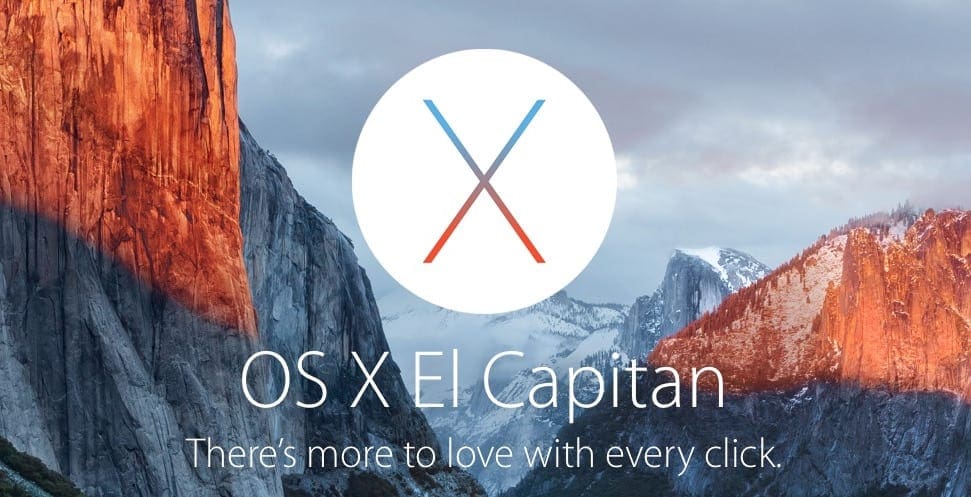Check compatibility

You can upgrade to OS Yosemite on any of the following Mac models. Your Mac also needs at least 2GB of memory and 8GB of available storage space.
MacBook introduced in 2009 or later, plus MacBook (13-inch, Aluminum, Late 2008)
MacBook Air introduced in late 2008 or later
MacBook Pro introduced in mid 2007 or later
Mac mini introduced in early 2009 or later
iMac introduced in mid 2007 or later
Mac Pro introduced in early 2008 or later
Xserve models introduced in early 2009
To find your Mac model, memory, storage space, and macOS version, choose About This Mac from the Apple menu . If your Mac isn't compatible with OS X Yosemite, the installer will let you know.
Make a backup
So I deleted my Mac HD and got only the Yosemite Beta. And then I rebooted - But Yosemite didn't load. So I installed my Product CD with Snow Leopard on my Mac HD for that I've got something. Now I've got: - My Laptop with Windows 7 - My iMac with Snow Leopard (10.5) My Question now is: How can I reinstall Mavericks without the Mac App Store? When Apple releases a new version of macOS, the old version is removed from the Mac App Store. This has been the way major OS updates have been handled by Apple since the release of Mountain Lion. If you have previously downloaded an older version of macOS from the App Store, it will show up on the Purchased screen for you to download again. If not, you can download it from the Apple Support site: Download OS X Yosemite 10.10.5 Combo Update. Mac OS X Mountain Lion (version 10.8) is the nineth major release of Mac OS X (now named macOS), Apple’s desktop and server operating system for Macintosh computers. OS X Mountain Lion brings a lot of great things from iPhone, iPad, and iPod touch to the Mac. You can send iMessages. Get your Mac in on Game Center. Receive notifications.

MacOS High Sierra Download without App Store? Thread starter zlep; Start date Oct 5. Older OS X Versions. Five Mac Apps Worth Checking Out - August 2020. The Mac App Store is built into OS X Yosemite, so it’s easy to get the apps you want. It’s just one click to download and install. The Mac App Store makes it easy to find and download Mac apps as well as widgets and extensions — like editing extensions for the new Photos app. You can browse Mac apps by category, such as games.
Before installing any upgrade, it’s a good idea to back up your Mac. Time Machine makes it simple, and other backup methods are also available. Learn how to back up your Mac.
Get connected
It takes time to download and install OS X, so make sure that you have a reliable Internet connection. If you're using a Mac notebook computer, plug it into AC power.

Download OS X Yosemite
For the strongest security and latest features, find out whether you can upgrade to macOS Catalina, the latest version of macOS.
If you still need OS X Yosemite, use this link: Download OS X Yosemite. A file named InstallMacOSX.dmg will download to your Mac.
Install the macOS installer
Double-click the downloaded file to open a window showing its contents. Then double-click the file within, named InstallMacOSX.pkg.
Follow the onscreen instructions, which will guide you through the steps necessary to install.
Begin installation
Mac Os X Yosemite Download
After installation of the installer is complete, open the Applications folder on your Mac, then double-click the file named Install OS X Yosemite.
Mac Os Yosemite 10.10 Download
Click Continue and follow the onscreen instructions. You might find it easiest to begin installation in the evening so that it can complete overnight, if needed.
Download Mac Os Yosemite Without App Store Windows 10
Allow installation to complete
Please allow installation to complete without putting your Mac to sleep or closing its lid. Your Mac might restart, show a progress bar, or show a blank screen several times as it installs both OS X and related updates to your Mac firmware.
Apple Os X Yosemite Download
Learn more
Download Mac Os Yosemite App Store
- OS X Yosemite won't install on top of a later version of macOS, but you can erase your disk first or install on another disk.
- You can use macOS Recovery to reinstall macOS.
